Bouvet Island Proof of Alien Visits? Mysteries Explained
Explore the mysteries of Bouvet Island—volcanoes, fog, and potential alien activity.
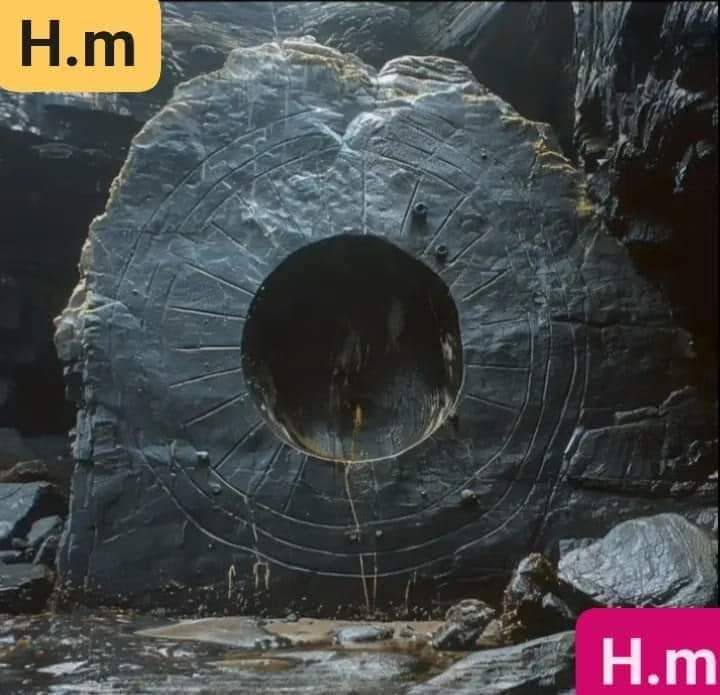
Introduction
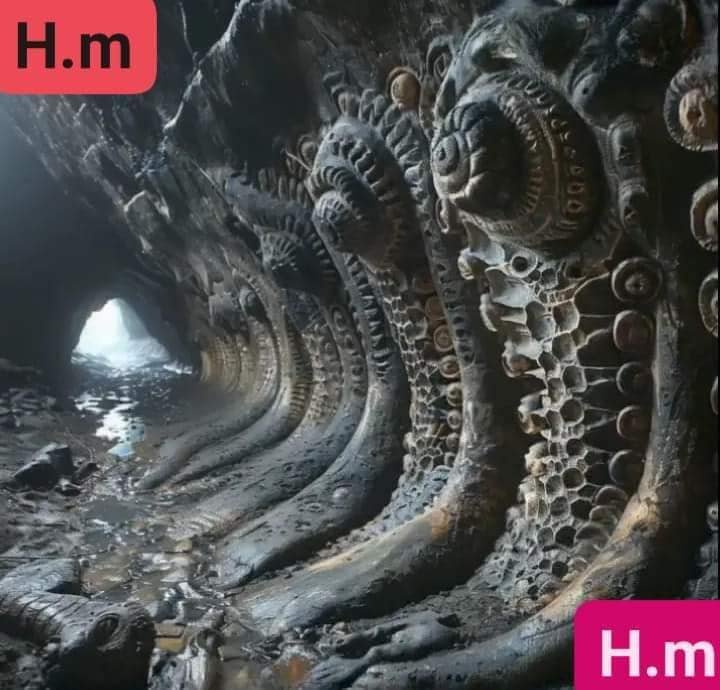
Nestled in the vast expanse of the Southern Ocean near the Antarctic, Bouvet Island has long intrigued explorers, scientists, and conspiracy theorists alike. Covering an area of just 46 square kilometers, it is governed by Norway but remains an uninhabited speck on the global map. However, its eerie combination of active volcanic activity, desolate icy terrain, and unexplained sightings have led some to believe that it could be evidence of alien contact on Earth.
Location and Geographical Facts of Bouvet Island
Bouvet Island is located in the South Atlantic Ocean, approximately 2,525 kilometers southwest of South Africa and 1,700 kilometers north of Queen Maud Land in Antarctica. Its remote position, coupled with its proximity to the Antarctic Circle, makes it one of the most isolated islands in the world.
Despite its sovereignty under Norway, Bouvet Island is not considered part of the Norwegian mainland. The surrounding waters are frigid, with the environment marked by severe weather and frequent ice formations. More about the polar regions can be found here.
The Intriguing Features of Bouvet Island
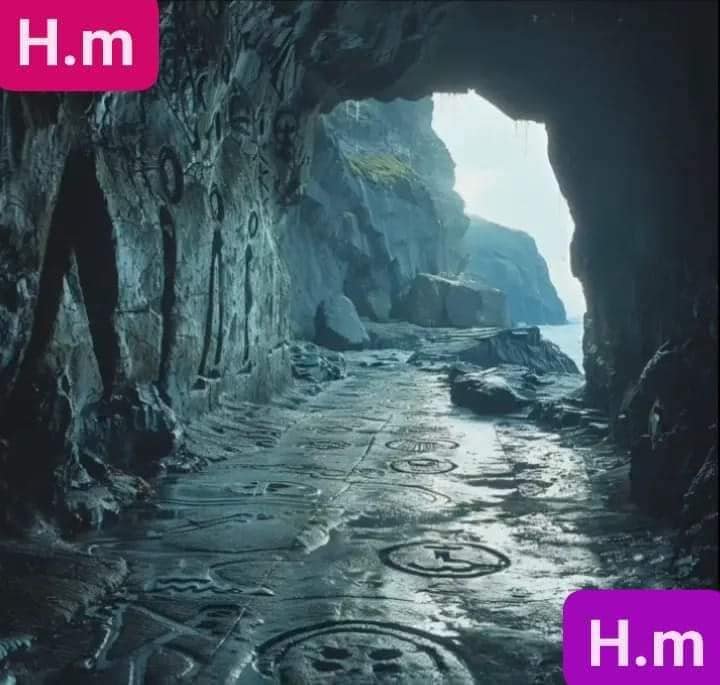
The Active Volcano and Icy Caldera
One of the most striking aspects of Bouvet Island is its active volcanic system. The center of the island hosts a significant caldera—a large, ice-filled depression formed by volcanic activity. This caldera is perpetually blanketed by snow and ice, contributing to the island’s otherworldly appearance. Learn more about volcanoes and their unique features.
Mysterious Lake of Molten Lava
Adding to the island’s mystique is a hidden lake of molten lava known as "Caldera." Despite being shrouded by ice, this lava lake signifies intense geothermal activity. The juxtaposition of the icy surroundings and liquid magma fuels further speculation about its potentially extraterrestrial nature. Read more about calderas and their geological significance.
Uninhabited but Not Empty: The Human Presence
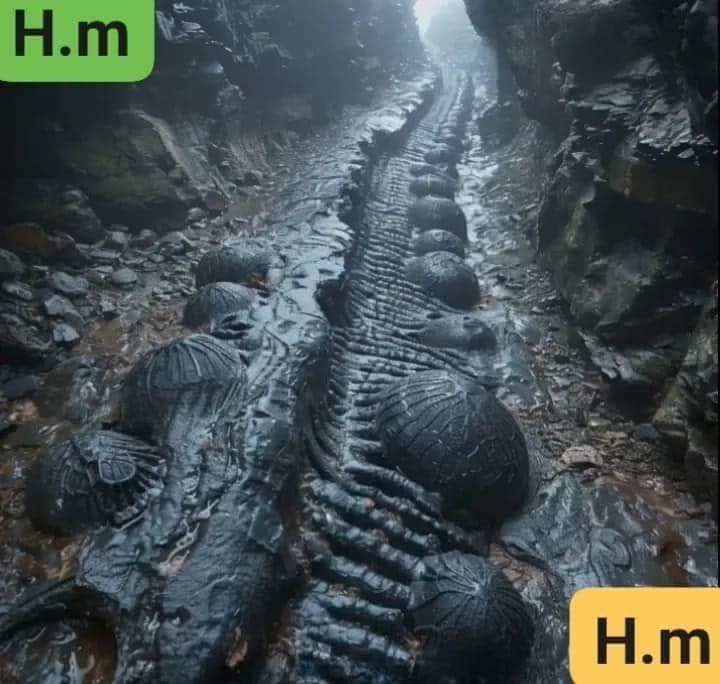
Helicopter Landing Site and Research Units
While Bouvet Island is officially uninhabited, it features a small, minimally used base with a helicopter landing pad and three units designed to accommodate up to six people. These units can sustain a crew for two to four months and are equipped for research purposes. Visit Antarctic explorations for more on scientific bases in harsh conditions.
Automated Meteorological Station
Bouvet Island’s base is also home to an automated weather station, transmitting meteorological data to satellites year-round. This facility serves as a remote beacon of human presence on the otherwise desolate island, gathering information about atmospheric and climatic changes. To understand more about weather stations, visit this NOAA weather guide.
Unexplained Phenomena and Speculations
Fog, Smoke, and Difficult Visibility
The island is known for its thick fog and persistent smoke from the active volcano, which contributes to its eerie atmosphere. The area’s visibility issues make it difficult to explore, giving rise to speculative theories about hidden activities or phenomena occurring there.
Abundant Penguins and Strange Wildlife
Bouvet Island is teeming with penguins, particularly Adélie and chinstrap penguins, and seals that thrive on its icy shores. However, some reports mention sightings of unidentified creatures or wildlife that appear foreign, further fueling theories about the island's uniqueness and possible hidden mysteries. Learn more about wildlife in extreme conditions. For general information on unique wildlife, see World Wildlife Fund.
Is Bouvet Island Evidence of Extraterrestrial Life?
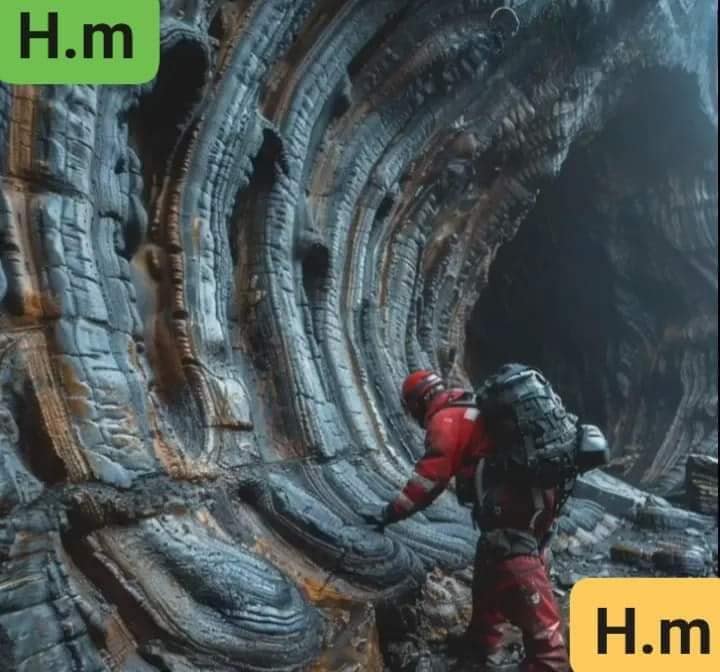
Given its isolation, unique geology, and atmospheric peculiarities, some believe that Bouvet Island could be a landing or observation site for extraterrestrial visitors. The remote base, unusual volcanic activity, and perpetual cloud cover make it an enigmatic location, perfect for nurturing such theories. Explore more about extraterrestrial life.

Conclusion
Bouvet Island remains a captivating topic for those interested in Earth’s mysterious and inaccessible places. Whether it’s due to its icy volcanic terrain, the peculiar fog and smoke, or its unearthly ambiance, Bouvet Island continues to be a source of intrigue. While no definitive proof supports claims of extraterrestrial visits, the mysteries surrounding this frozen island persist, inviting more curiosity and exploration.
FAQs
1. Is Bouvet Island habitable?
No, Bouvet Island is uninhabited and uninhabitable due to its harsh climate and remote location.
2. What is unique about the volcanic activity on the island?
The island has an active volcano with a large ice-filled caldera and a molten lava lake beneath the ice.
3. Why do some people think the island has ties to extraterrestrial life?
The combination of its isolation, unexplored wildlife, and mysterious phenomena has led some to believe in the possibility of extraterrestrial activity.
4. How can Bouvet Island be accessed?
Access is extremely limited and usually done through expeditions involving ships and helicopters due to the lack of nearby land.
What's Your Reaction?



















